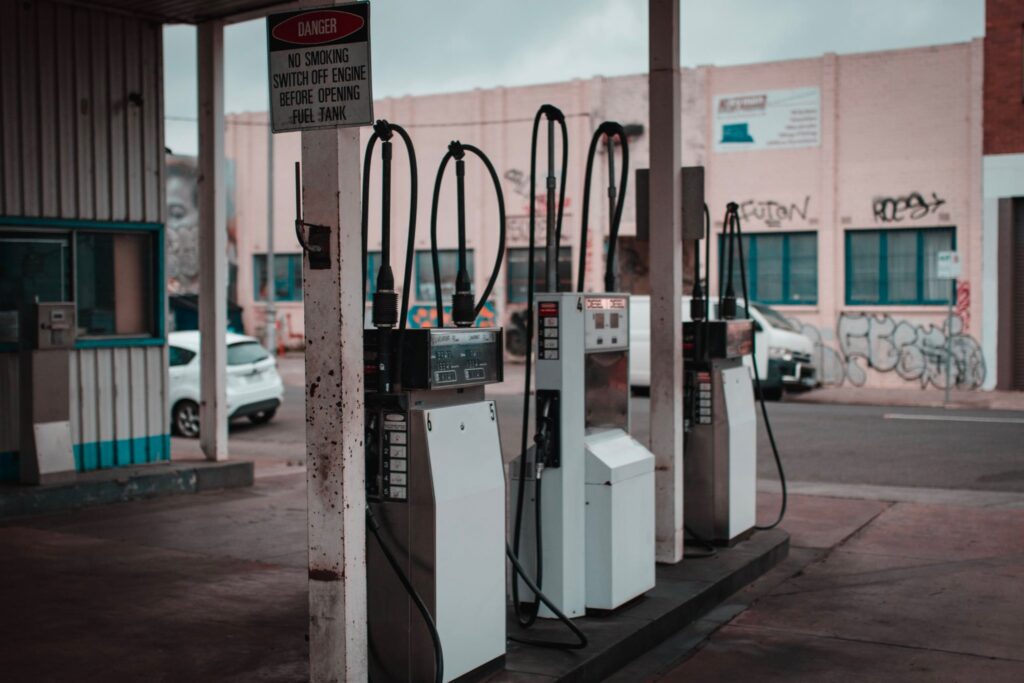20 Jun Australian Business Registration Conditions & Fuel Pricing Tariffs for 2022
As we are now in mid-2022, much has happened since the start of the pandemic in 2020. Businesses and individuals should expect new policies that affect how businesses are run and how people make a living.
Below is an update on some business registration fees and fuel excise updates that will affect business owners and motorists nationwide.

Streamlining of Business Registration fees
Rates included in Australian business registrations will be streamlined for the next 3 years over the course of 2023-2024. A modernized platform can be expected by September 2023. This will include company registration and lifecycle management.
Changes expected in Australian business registers include:
- Abolishing the company’s annual late review fee
- Lessen the amount of costs for ad hoc lodgements under existing qualifications
- Remove payment associated with searches done on the new platform and,
- $300,000 will be given to the Department of Treasury to recreate wholesale business register search services conducted by 3rd party services.
The government has announced that it aims to “reduce the regulatory burden” for businesses in correlation with following the mandatory information and safety standards under Australian Consumer Law. The budget for this would be $11.2 million over the course of 5 years, starting in 2021-2022.
More information can be found on the Australian Treasury Government website here
LedgerWorkx has extensive experience assisting Australian owned companies with their offshore accounting and can assist in the preparation of books, reports, accounting and other bookkeeping duties.
Brief reduction in fuel excise

The Federal Government has reduced by 50% the fuel excise in order to ease the burden of motorists, but this comes with a catch.
Part of the 2022 Budget plans include halving the fuel excise, saving drivers 22.1 cents per litre on diesel and unleaded fuel. This action was announced and has been in effect since midnight of March 29, 2022, and will be maintained for the next six months, until September 28, 2022.
With this excise, motorists can expect to save around 10% when filling their vehicles. With fuel currently at $2.00 per litre, the 10% is a meaningful reduction.
On the other hand, data gathered from Australia’s lead motoring body,the Australian Automobile Association (AAA), states that the Federal Government could lose up to $265 million in excise revenue during the course of the next 6 months.
Motorists have also expressed concern if fuel vendors will fully pass the excise cuts to drivers.
“Motorists deserve to know how the Government will police this tax cut and ensure it’s not simply swallowed by fuel retailers, as the experience overseas is that retailers are pocketing the profits and motorists continue to miss out,” to quote AAA Managing Director Michael Bradley.
The Australian Competition and Consumer Commission (ACCC), the government body who oversees fuel pricing, has issued a statement guaranteeing that they will be closely overseeing fuel prices.
“We will contact petrol retailers to set out our clear expectations that the savings are passed on to consumers and advise them that we will be monitoring their margins. We will also continue to inform consumers of retailer behaviour,” said ACCC Chair Gina Cass-Gottlieb.
Conclusion
Only time will tell how fuel prices will continue to rise and fall, in light of the Russian-Ukraine news.

